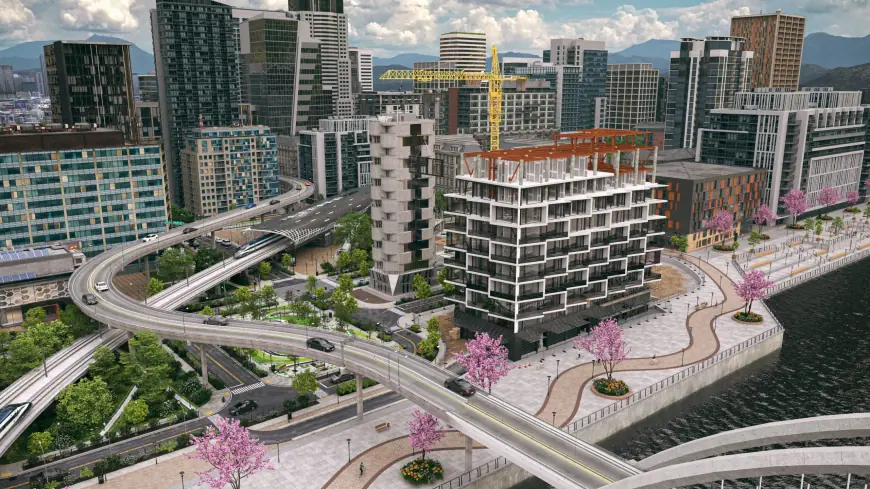The Future of Infrastructure: Trends Shaping the Built Environment in 2025
You can’t talk about new construction trends without talking about the people actually doing the work.

Okay, so infrastructure. Not exactly the kind of topic people get fired up about, right? But if you look at what’s happening around us—especially in fast-moving cities like Abu Dhabi—it’s clear we’re in the middle of a big shift. The buildings are changing. The materials are different. Even the way projects are planned feels new.
Companies like Ghanoon, who are known for delivering solid Superstructure Construction Services in Abu Dhabi, are already adapting to this new wave. And if you’re curious about what 2025 might look like on the ground (literally), here’s a closer look.
Smart Buildings Aren’t “Future” Anymore
We’ve all heard the phrase “smart building” a million times. Five years ago, that meant... what? Maybe a motion-sensor light? Now, it’s a whole system. Buildings that manage energy automatically, control airflow based on how many people are inside, or even detect maintenance issues before they become problems.
It’s not sci-fi anymore. It’s just happening. And construction teams have had to catch up quick—learning how to install and integrate tech as part of the actual build.
Sustainability Has Taken the Wheel
The push to build green isn’t just about public image anymore. It’s a real, grounded shift in how buildings are made. People want lower energy costs, better materials, less waste. They’re asking for solar panels, smart irrigation, better insulation, and they're asking for it up front—not as an afterthought.
In places like Abu Dhabi, where the environment plays a big role in daily life, this isn’t optional. Construction firms—especially those offering civil construction services in Abu Dhabi—have had to evolve fast. Ghanoon’s one of those that’s taken it seriously.
Off-Site Work Speeds Everything Up
Here's a trend that actually makes a lot of sense: instead of building every single wall or stairwell on-site, companies are building major parts off-site and just assembling them like puzzle pieces.
It’s faster, less messy, and causes way less disruption to the area. Plus, it lowers the chance of delays from bad weather or traffic. That modular style of building is becoming pretty common now—and it’s not just temporary stuff. Schools, offices, even luxury homes are being built this way.
The Workforce Is Different Now
You can’t talk about new construction trends without talking about the people actually doing the work. The days of just carrying bricks and pouring cement are long gone. Now, workers are flying drones, using 3D scanners, and running through virtual simulations of a site before a shovel hits the dirt.
It means more training, more cross-skills, and, honestly, more opportunity for younger people who grew up around tech.
Buildings That Can Handle What’s Next
Another thing that’s become a big focus is resilience. It’s not just about building strong—it’s about building smart. Can the building handle extreme heat? Could it be reconfigured in ten years for something new? Is it ready for what the world might throw at it?
Designing for flexibility and long-term use is quickly becoming a key part of every serious infrastructure plan.
So yeah, infrastructure in 2025 is a lot more than concrete and cranes. It’s smart, green, modular, and adaptable. And companies like Ghanoon, who’ve been providing Infrastructure Construction Services in Abu Dhabi for years now, are already working with these ideas in real projects. The future isn’t coming. It’s already being built.
What's Your Reaction?
 Like
0
Like
0
 Dislike
0
Dislike
0
 Love
0
Love
0
 Funny
0
Funny
0
 Angry
0
Angry
0
 Sad
0
Sad
0
 Wow
0
Wow
0


















































